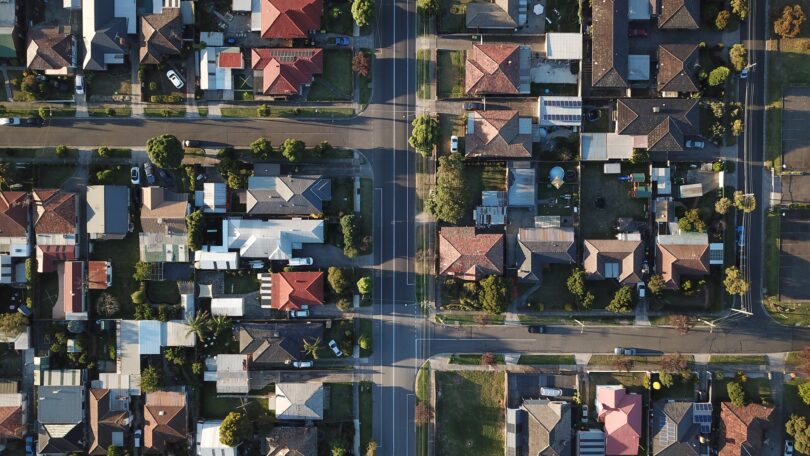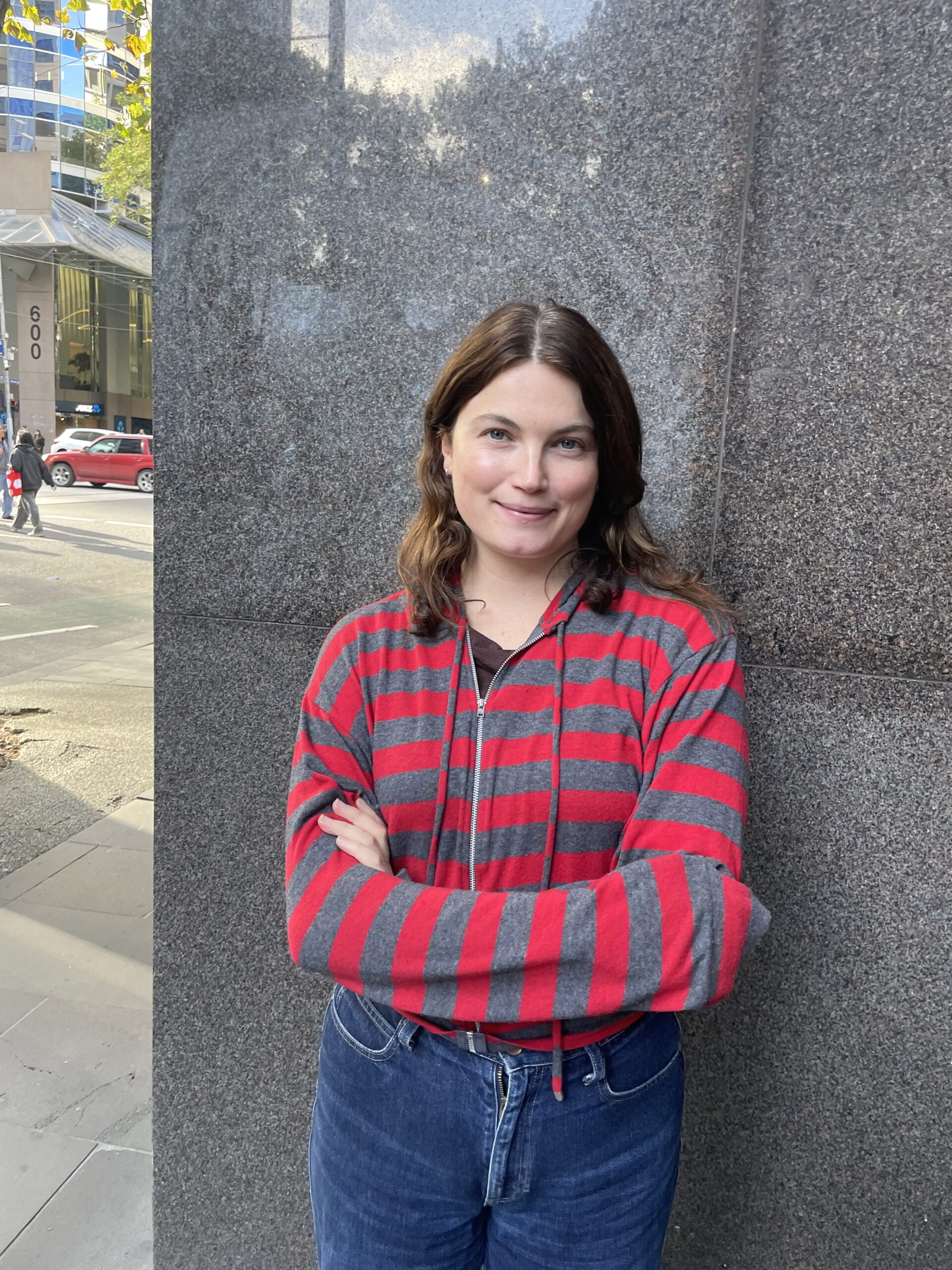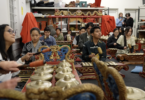The mean annual inflation rose from 2.36 per cent to 3.5 per cent in the December quarter of 2021, the largest increase in eight years.
This rise in inflation can be attributed to many factors, both global and domestic. However, one glaring indicator of inflation for Australia is the price of fuel, which rose 6.6 per cent (ABS) in the same quarter. In some areas, Melbournians paid more than two dollars per litre at the bowser.
Chair of the ACCC Rod Sims, in a media release this week, said “the world was already experiencing high crude oil prices late last year due to the continuing actions of the OPEC and Russia cartel, and the enduring Northern Hemisphere energy crisis. The shocking events in Ukraine have forced crude oil prices even higher, as Russia is a major supplier of oil”.
So, with inflation increasing at a faster rate than wages are, it is impacting the everyday lives of many in our community.
According to the Dropping of the Edge 2021 Report, “Melton, Melton South and Melton West were all in the most disadvantaged quintile in Victoria”. Thus, it is reasonable to suggest that they are among those most impacted by the high cost of living.
Jackie is a 33-year-old mother of two living in Melton in Melbourne’s outer north-west. I spoke with Jackie.
“With the two years of lockdown, we were very lucky [as] my husband kept getting paid his base salary. He’s back now so he can earn a little bit of overtime but we’re actually worse off than we were during the pandemic because now we do have to factor in the price of fuel.”
“You know, we’re doing less, we’re catching up less, we’re going out for coffees less. It’s kind of like an unspoken understanding that we can’t all do these things as much as we used to,” she said.
Jackie’s story features in episode one of UnderCover, as part of an investigation into the real-world impacts of the high cost of living.
When outlining the Morrison Government’s 22-23 Budget, Federal Treasurer Josh Frydenberg said, “the number one topic of conversation around the kitchen tables of Australia right now is cost of living”.
However, when I conducted four interviews with various women, it became clear that this isn’t just a conversation for them. In fact, they all echoed the same message – they don’t have a choice.
The cost of both goods and services is a daily burden hovering over them, controlling what they can and can’t do. They have to sacrifice social outings, petrol and even basic foods to ensure that they can get by for their families.
“My budget is down to the cent,” one woman said.
So, what is being done?
The Federal Budget announced on March 29, steps out a number of different avenues the government is going to take to combat the high cost of living.
These include halving the fuel excise and offering a one-off $250 payment to eligible pensioners, welfare recipients, veterans and eligible concession card holders. Funding is being delegated to childcare in the hopes to make it more affordable and from 1 July 2022, a $420 cost of living tax offset will be introduced.
The issue of low wages also heavily impacts people’s quality of life and in comparison to the inflation increase, wages are not growing at the same rate. Therefore, it comes as no surprise that people are finding it hard to afford necessities.
“I’m feeling deflated [and] I’m feeling like a shit mum because I can’t give my children everything they need. It’s not a want, it’s everything they need,” said one of the women featured on UnderCover’s podcast.
Another mother reiterated this sentiment saying, “something’s got to give”.
The reality is that it could be a while before we see any relief.
According to the Reserve Bank of Australia, “underlying inflation is forecast to increase to 3¼ per cent by mid-2022 before easing as international and domestic supply chain pressures subside”.
So, although the topic of financial insecurity, in all its forms, is rather stigmatised, many people are trying to change it. One of these individuals is Matt Tilley from Food Bank.
“Do not be afraid to reach out. There’s a phenomenal network of community organisations that simply exist to help you. Anyone who feels that there is stigma and shame, I want to reassure you that there is nothing to be ashamed of,” he said.
Bridget Bentley is the manager of Bendigo Foodshare. She told me that although insecurity affects everyone to varying degrees, ultimately it is the community that has to come together to create change.
“We’re all in it together. It doesn’t matter what side of politics you’re on, it doesn’t matter whether you’re a large corporate or an individual, we all have a role to play in helping to solve and positively contributing to ensuring that everybody, no matter what age, background, colour, race, [or] wherever they might live in Australia [has] food on their plate every day.”
(Featured Image: Drone photograph showing afternoon shadows casting over Melbourne streets. Food insecurity has a stigma of only impacting people ‘on our streets’ however, Matt Tilley of Foodbank says those affected actually live “in our streets”. Tom Rumble)






